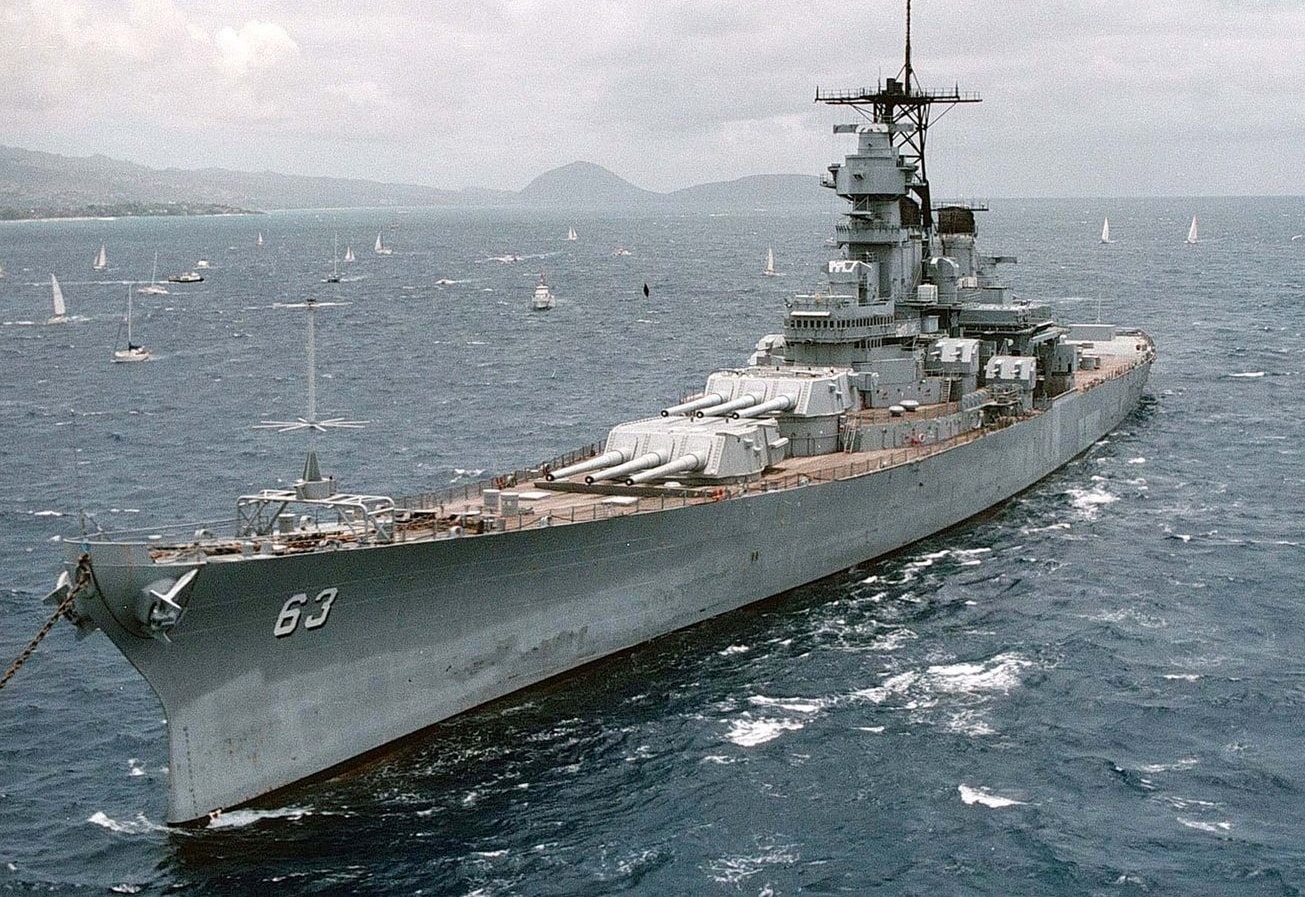
Again, though 12 were ordered, only two were completed.
#Us submarine classes wwii series
48 vessels, in three series (Types) were ordered, but only 12 were completed.Īlso during the war Italy came to require a submersible transport designs for this led to the R, or Romolo class of boats. This was the Flutto class of submarines, an enlarged 600 series design for medium-range use, with mass production under wartime conditions in mind.
#Us submarine classes wwii update
She also developed a manned torpedo, the SLC, an update of an Italian First World War design, for use by the Navy's special forces.ĭuring World War II Italy also had designs for a wartime building programme.

Italy's interest in midget submarines resulted in the CA class, built in 1938, and followed during the war by CB, CC and CM classes. This commenced in 1929 with the Argonauta class, followed by the Sirena, Perla, Adua, and Acciao classes, all to Bernardis designs.įor minelaying operations the Italians built the Bragadin class in 1927 (a Bernardis design), followed in 1930 by the Micca, and then the Foca class, from Cavallini. These were built to a CRDA/Bernardis design.įor coastal and medium range operations, the Italian Navy ordered a series of submarine classes, known as the 600 series. Just prior to war, in 1939, the Italians also commissioned the Cagni class, designed specifically as a commerce raider with a long range and armed with 14 Torpedo Tubes of 17.7in calibre (these being more suitable against merchant ships).

They also ordered the Calvi and Argo classes from Ansaldo.

This was followed in the 1930s by the Archimede, Brin, and, just prior to war, Liuzzi classes from Cavallini, and the Glauco, Marcello, and later, Marconi classes from Bernardis. They also commissioned a design by Ansaldo, the Balilla class. Work was done principally by the design bureaux of Cavallini, resulting in the Mameli and Settembrini classes, and of Bernardis, building the Pisani, Bandiera, and Squalo classes. In the inter-war years : between 19 Italy built a series of ocean-going submarines in a number of small classes, in order to find the most suitable designs for expansion. The ocean-going submarine was restricted to a 1500-ton surface displacement, while the coastal submarine was limited to 600 tons, though there was no limit placed on the numbers of these vessels that could be built. However the conference did place restrictions on the number and size of warships of various types that nations could build. Whilst there was discussion of banning submarines altogether, and to outlaw their use (a course favoured by Britain) both Italy and France opposed this.


 0 kommentar(er)
0 kommentar(er)
